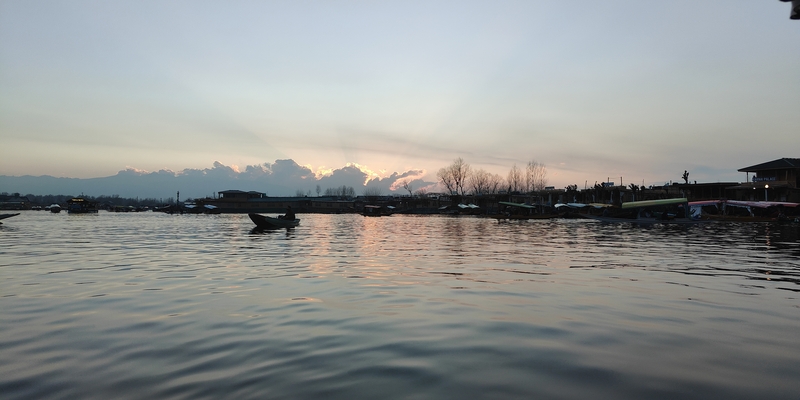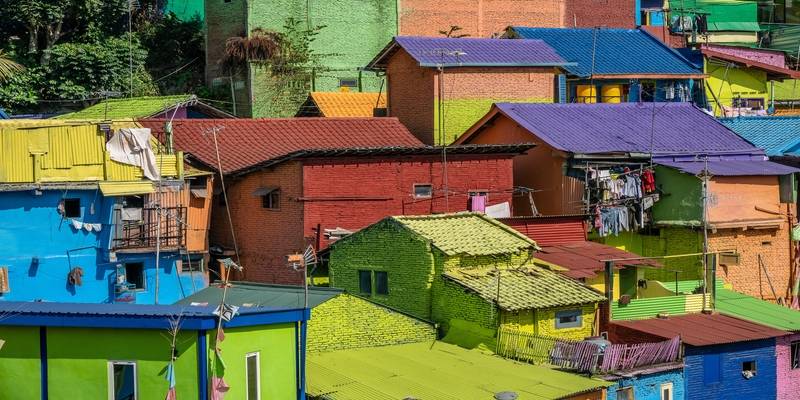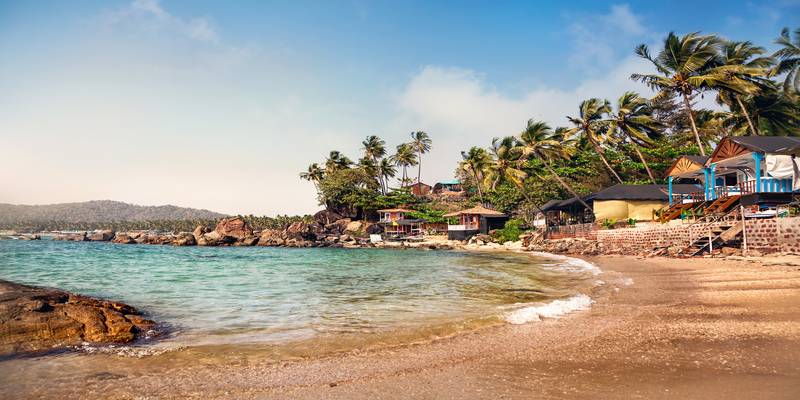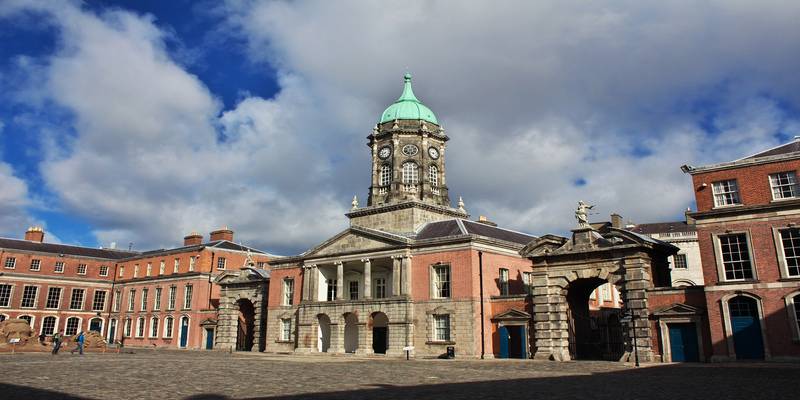Paris: the city for romantics
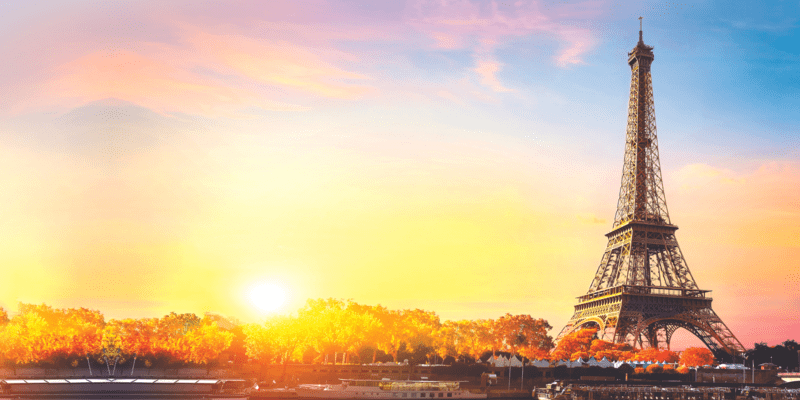
One can only hope to write a travel log that completely captures the essence of the French city of Paris. How is it that you encapsulate all the serenity, sophistication, culture, architecture, history, and style that adorns the city in every nook and corner in just a few words? Though many people have written songs, books, poetry, and even blogs defining everything the city can offer, you can only understand its true beauty when you visit it. It is famously known as the ‘city for romantics’, and it took me one visit to realise why it is rightly called so. When you set foot in Paris, all the love it exudes can be felt in the air. The sights, the monuments, and the streets are exceptionally charming. The city offers many iconic places that make perfect spots to be with your loved one. It is no wonder, so many people come down to Paris to propose to their significant others. It only adds to its reputation as the city of love.
The capital of France is one of the most important and influential cities in the world. Did you know it is the second-most visited city in Europe after London? Yes, you read that right! Paris seems to have been designed specifically for its visitors — the streets, buildings, gardens, and monuments are so mesmerising that they pull a large number of tourists from across the globe every year. People travel here to see the Louvre, climb the Eiffel Tower, and see Notre Dame. I have been lucky to visit Paris twice — once during summer and once in winter — but my personal favourite time to be in the city has to be the latter. With the cold weather, rain showers, winter fashion, and Christmas markets, there’s no time like winter to feel at home. I would just warm up in a scarf (and many layers) and treat myself to a warm cup of le chocolat chaud (hot chocolate) at a cafe or mulled wine at a Christmas market.
What to see in Paris?
Notre Dame: Located next to the river Seine, Notre Dame is also known as Notre-Dame de Paris, which means “Our Lady of Paris” in French. It is a cathedral dedicated to the Virgin Mary and is a fine example of French Gothic architecture. I was lucky that I got a chance to visit it in 2018. I couldn’t go this time as it was closed because of the unfortunate fire. This cathedral is breathtaking and a must-visit, especially once it reopens in 2024. You can also reach Notre Dame by booking a sightseeing cruise along the river Seine. You can deboard on the quay next to Notre Dame, visit the cathedral, and then continue your cruise later.
Sacré-Cœur: The Basilica of Sacré Coeur de Montmartre (Sacred Heart of Montmartre), commonly known as Sacré-Cœur is affiliated with the Roman Catholic church and was constructed from 1875 to 1914 and finally consecrated in 1919. It is the most popular tourist destination in the capital after the Eiffel Tower. From its dome, two hundred meters above the Seine, the basilica overlooks the entire city of Paris and its suburbs. It is worth a visit, especially for the view. The church has one of the biggest mosaics and one of the largest and heaviest bells in the world.
Note: One can also soak in the view sitting on the steps, and those who are not able to climb, can take the funicular up the slope. Also, avoid con men who tie a band or thread around your wrist to later extract money from you.
Champs-Élysées: The Champs-Élysées is an avenue that ends at the Arc de Triomphe, built to honour the victories of the French emperor Napoléon Bonaparte. The avenue, which is 1.9 kilometres long and 70 meters (230 ft) wide, is known for its theatres, cafes, luxury shops, and the annual military parade on Bastille Day on July 14th. It is a place for Parisians to celebrate New Year’s Eve and national events like the Liberation march after World War II, winning the football world cup, or the world cycling event that ends here. The avenue is one of the top shopping destinations, especially for those looking for high-end stores and famous fashion designers. Brands such as Apple, Dior, Guerlain, Louis Vuitton, Nike, Lacoste, Sephora, and Zara have their flagship stores in Champs-Élysée. Further, perfumers, jewellers, and watch shops line the avenue, making it a high-end or upscale shopping area. The Élysée Palace, the official residence of the President of the French Republic is also very close to the Avenue. One can, among other things, also visit the cabaret show at the Lido and enjoy the show in the evening with a bottle of champagne or both champagne and dinner. One can also visit Ladurée, the bakery famous for its macarons.
Arc de Triomphe: The Arc de Triomphe is a world-famous monument at the western end of the Champs-Élysées in Paris. It is located on the right bank of the river Seine. The Arc de Triomphe, built on the orders of Napoleon I from 1806 to 1836, has a height of 50 meters or 164 ft. It honours those who fought and died for France during the French Revolutionary and Napoleonic Wars, with the names of all French victories and generals inscribed on its inner and outer surfaces. Beneath its vault lies the Tomb of the Unknown Soldier from World War I. One can also climb the monument to the top for a fee and see the well-lit Paris at night.
Eiffel Tower: The Eiffel Tower is an open-lattice wrought-iron tower situated on the Champ de Mars. The Eiffel Tower was called so after the French engineer Gustave Eiffel who designed and built metal bridges before building the tower from 1887 to 1889. It was built to be the centrepiece of the 1889 World’s Fair. As one of the most distinguished structures in the world, it is the cultural icon representing France. The Tower is 330 meters (1,083 ft) tall and has three levels for visitors, with restaurants on the first and second levels. One can buy tickets to ascend by stairs or lift built by the Otis Elevator company to the first and second levels. The Eiffel Tower looks beautiful with its lights and sparkles at night.
Fun fact: The Eiffel Tower is one of the most visited monuments in the world, with more than 7 million visitors annually.
Louvre: Opened at the end of the 18th century, the Louvre is the largest (by size) and one of the most visited museums in the world. As of today, it receives over 8 million visitors a year. The permanent collection at the Louvre features nearly 300,000 works of art dating before 1948, of which only 35,000 are on display for the public. It is also where the world travels to see The Mona Lisa.


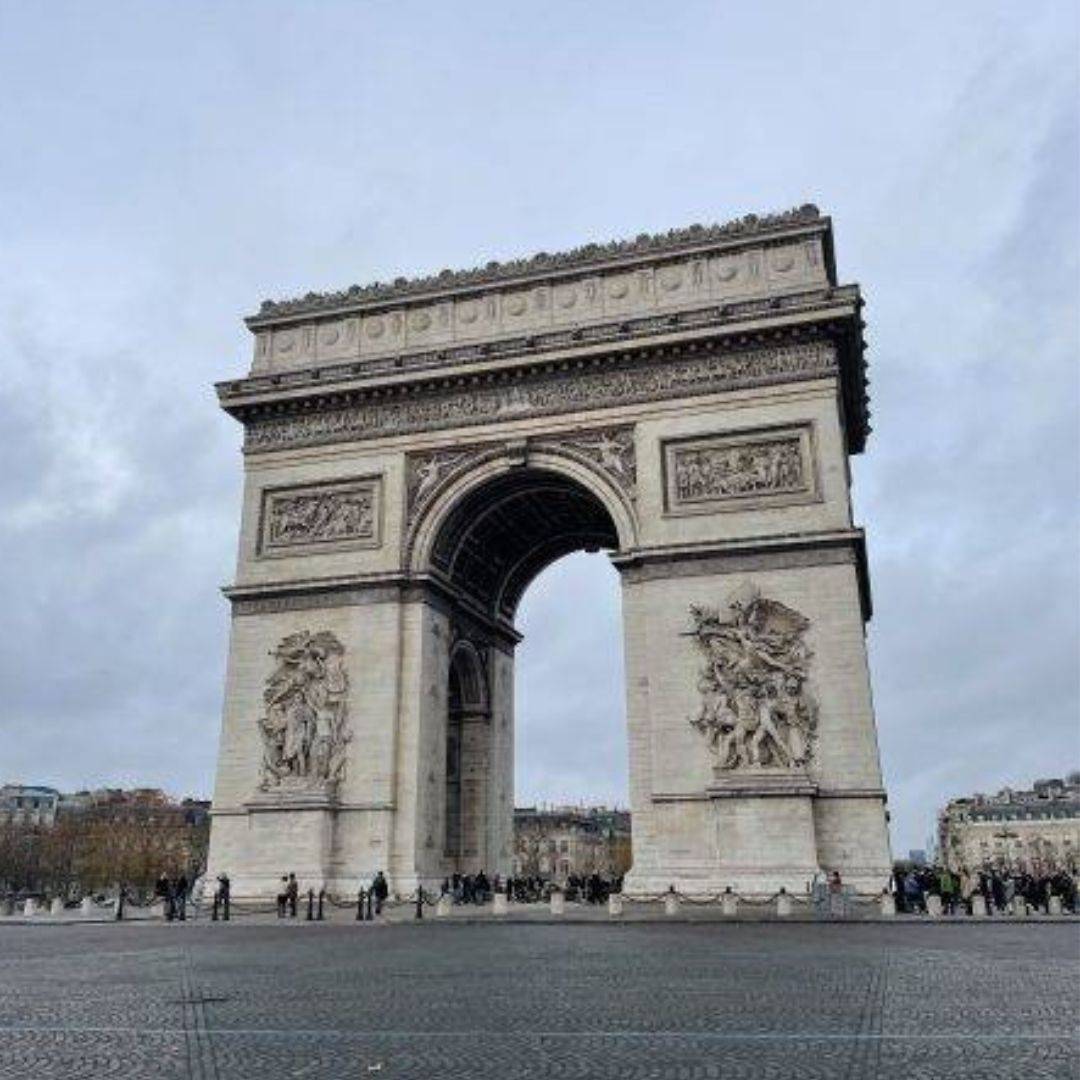
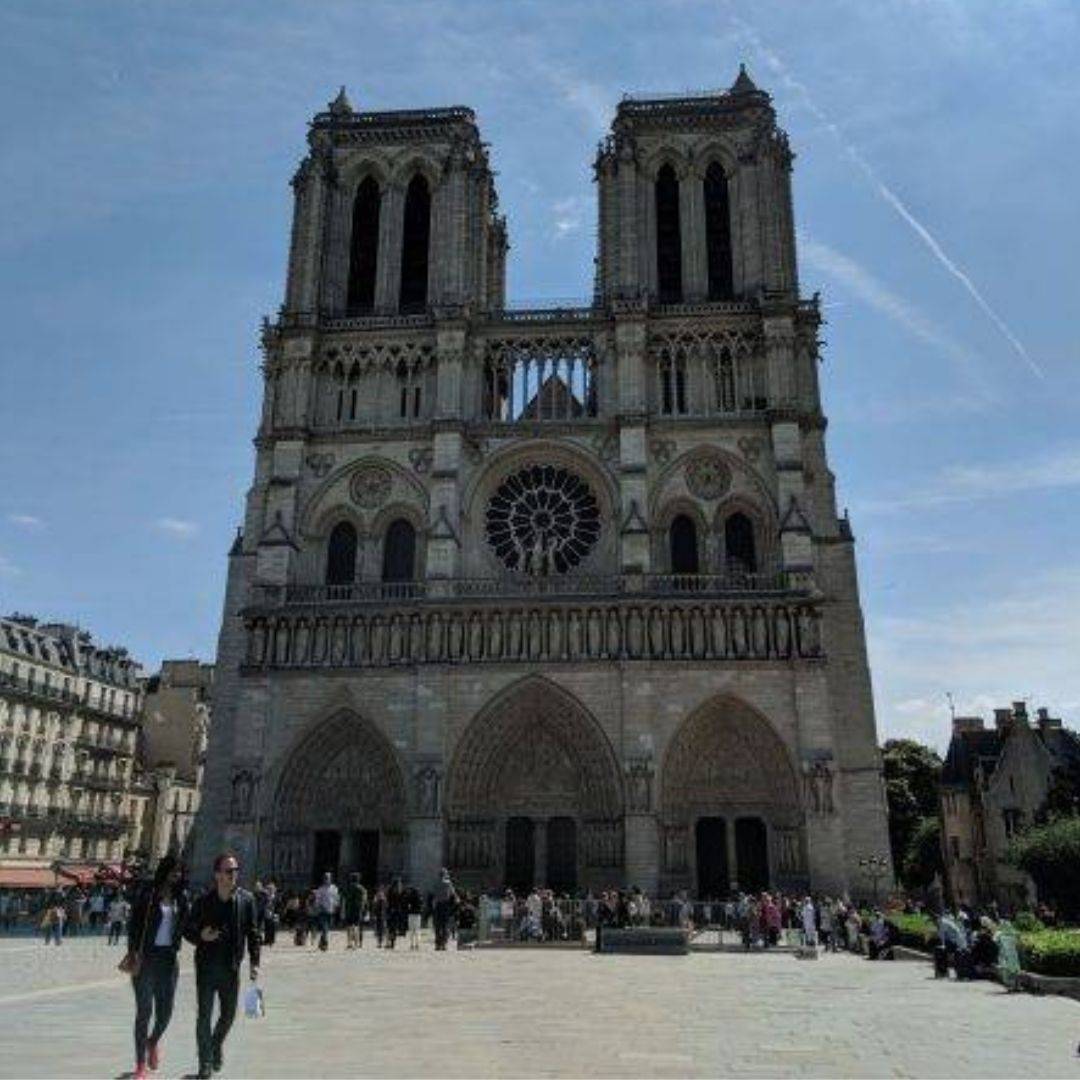
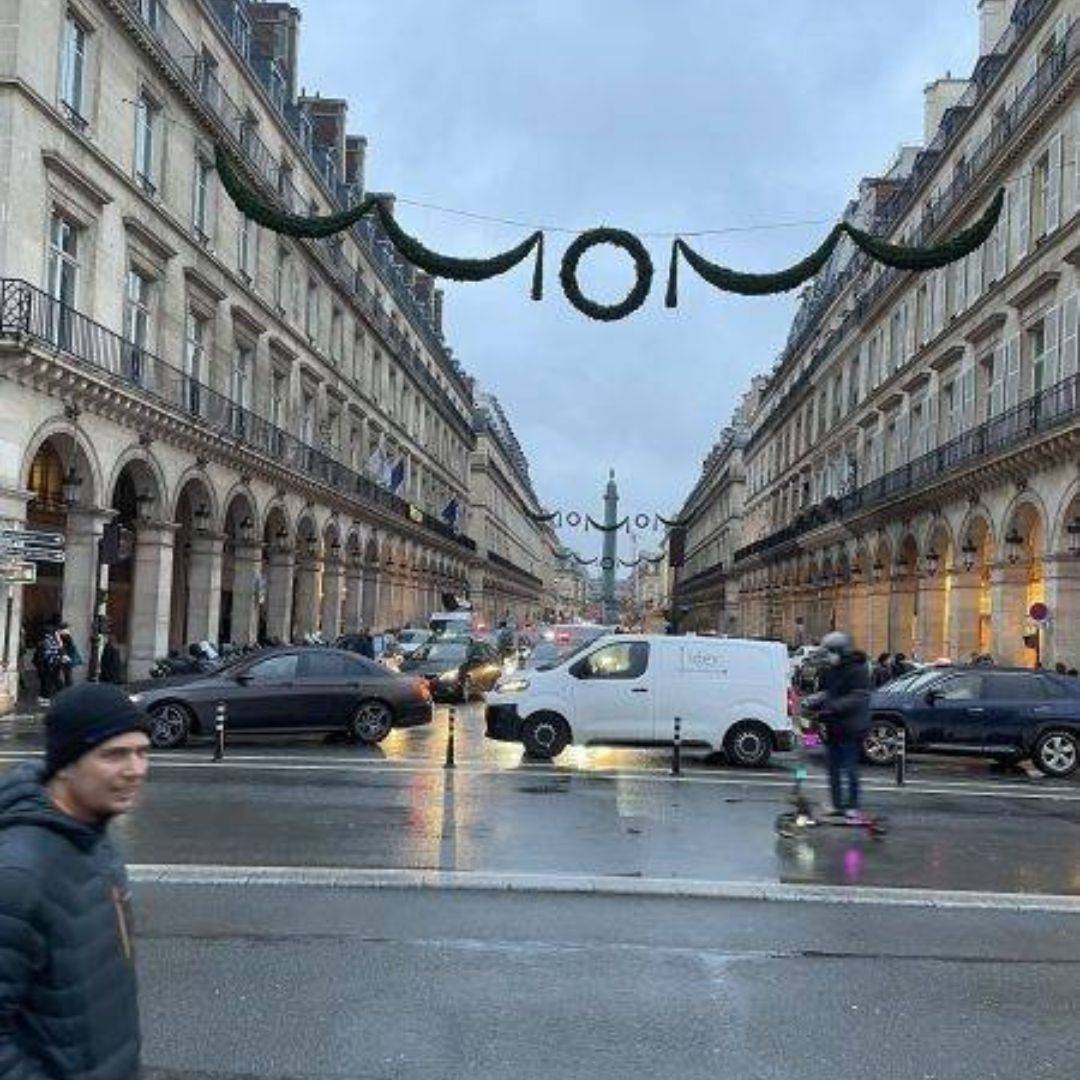
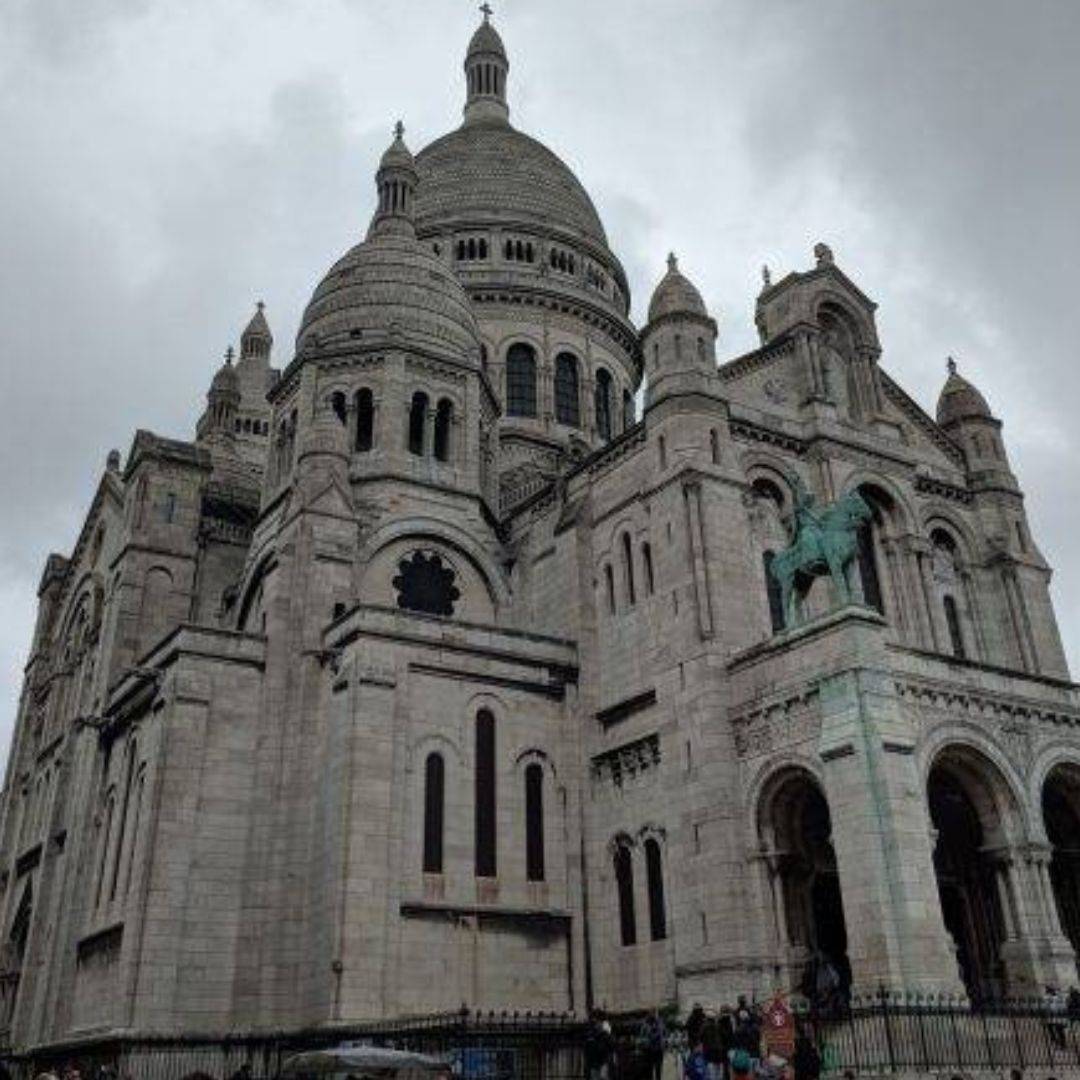
How to travel?
Paris has an extensive public transport system. With the metro, Réseau Express Régional (RER) train, buses, and local taxis, the city is very comfortable to travel around. Also, if you download the Uber app on your phone, you will be sorted.
Desserts in Paris (something you should definitely try)
Ladurée le Bar (a personal favourite): As I mentioned, you shouldn’t miss this at the Champs-Élysées. Ladurée is famous as the inventor of the double-decker macaron, the two-sided cookie sandwich brought together with a creamy ganache filling. They are one of the most famous macaron makers in the world and they sell as many as 15,000 macarons in a day.
Pavillon Élysée Lenôtre: Have you seen the 2007 Pixar film Ratatouille? If you have, you know Gaston Lenôtre, the famous pastry chef in the Lenôtre lineage. The character Gusteau (Remi’s idol) in Ratatouille was modelled after Gaston Lenôtre. His mother was one of the first pastry chefs in Paris and was the head chef for the Rothschild family. The Lenôtres kept cooking as a family affair, and Gaston worked with 12 of his family members, including his son Alain, the founder of the Culinary Institute in Houston, USA. Lenôtre was a pioneer during his lifetime.
La Maison du Chocolat: Robert Linxe and his chocolate concoctions at La Maison du Chocolate will satisfy the cravings of even the most critical chocoholic. After several years of studying pastries, Linxe spent a year in Switzerland studying chocolate making. After this one year, he went back to baking pastries, but in the end, he switched to chocolate full-time.
Did you know?
France is one of the top cheesemakers worldwide and is also known as the country of 1,000 cheeses. Walking around the city, you will be surprised by the quality and quantity of cheese available!
French Food
Food is an integral part of French culture. UNESCO declared the French way of eating an ‘Intangible Cultural Heritage’ in 2010! There is only one way to understand the country’s love for food: eat it all! Paris will not disappoint you!
Learn a little bit of French?
The official language is French. Parisians do not usually prefer to speak in English. As a tourist, you will not have any problem communicating with people at hotels, restaurants, and shops. However, you definitely want to learn a few words that may come in handy during your trip:
Hello: Salut
Goodbye: Au revoir
Good morning: Bonjour
Good night: Bonne nuit
Welcome: Bienvenue
Please: S’il vous plaît
Thank you: Merci
You’re welcome: De rien
Excuse me: Excusez-moi
Sorry: Pardon
Yes/No: Oui/Non
Budget
Despite being expensive, Paris isn’t as pricey as other European capitals. Accommodation and transportation are not exorbitant but slightly more expensive if compared to cities such as Madrid and Barcelona. I recommend planning your trip up to six months in advance and saving a bomb.
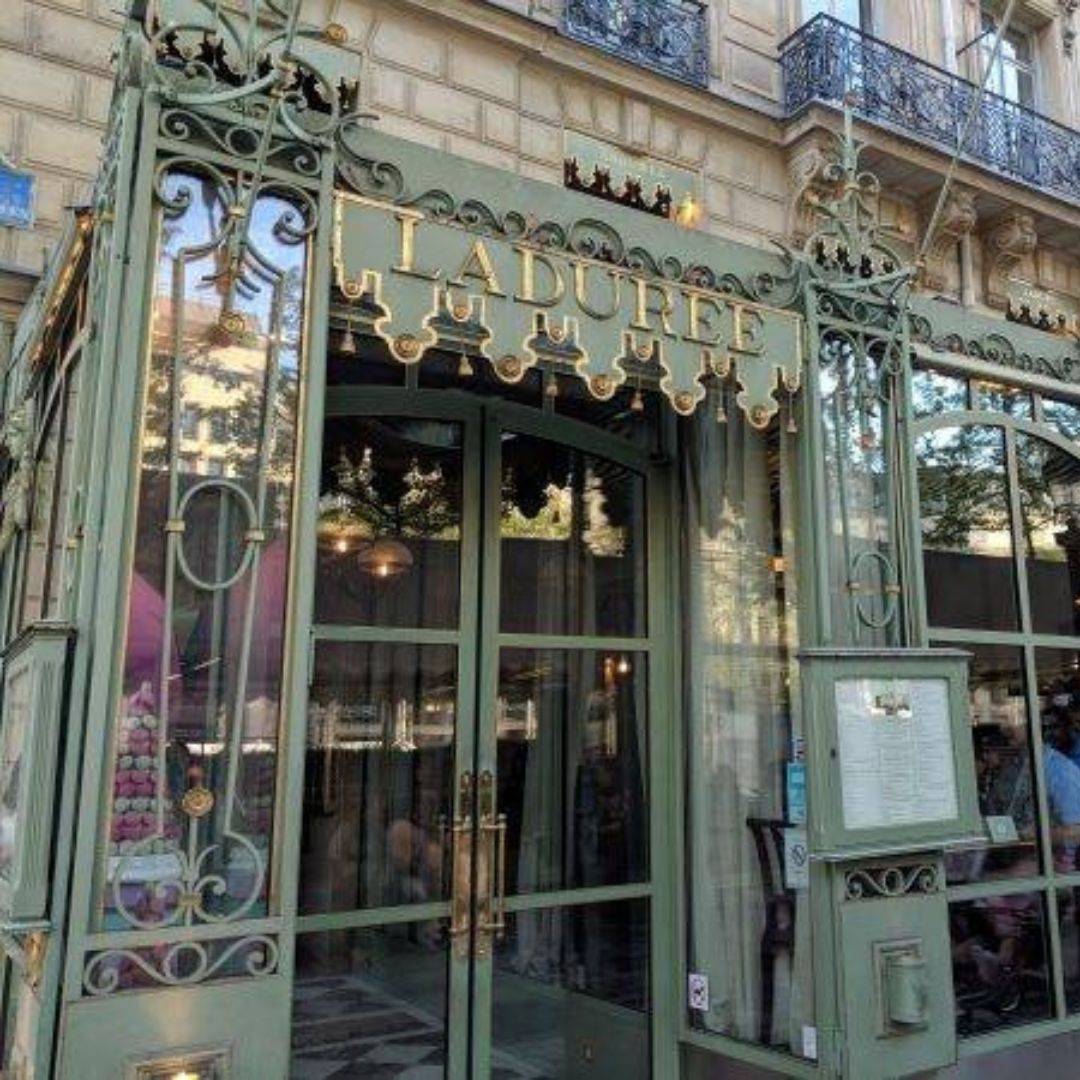
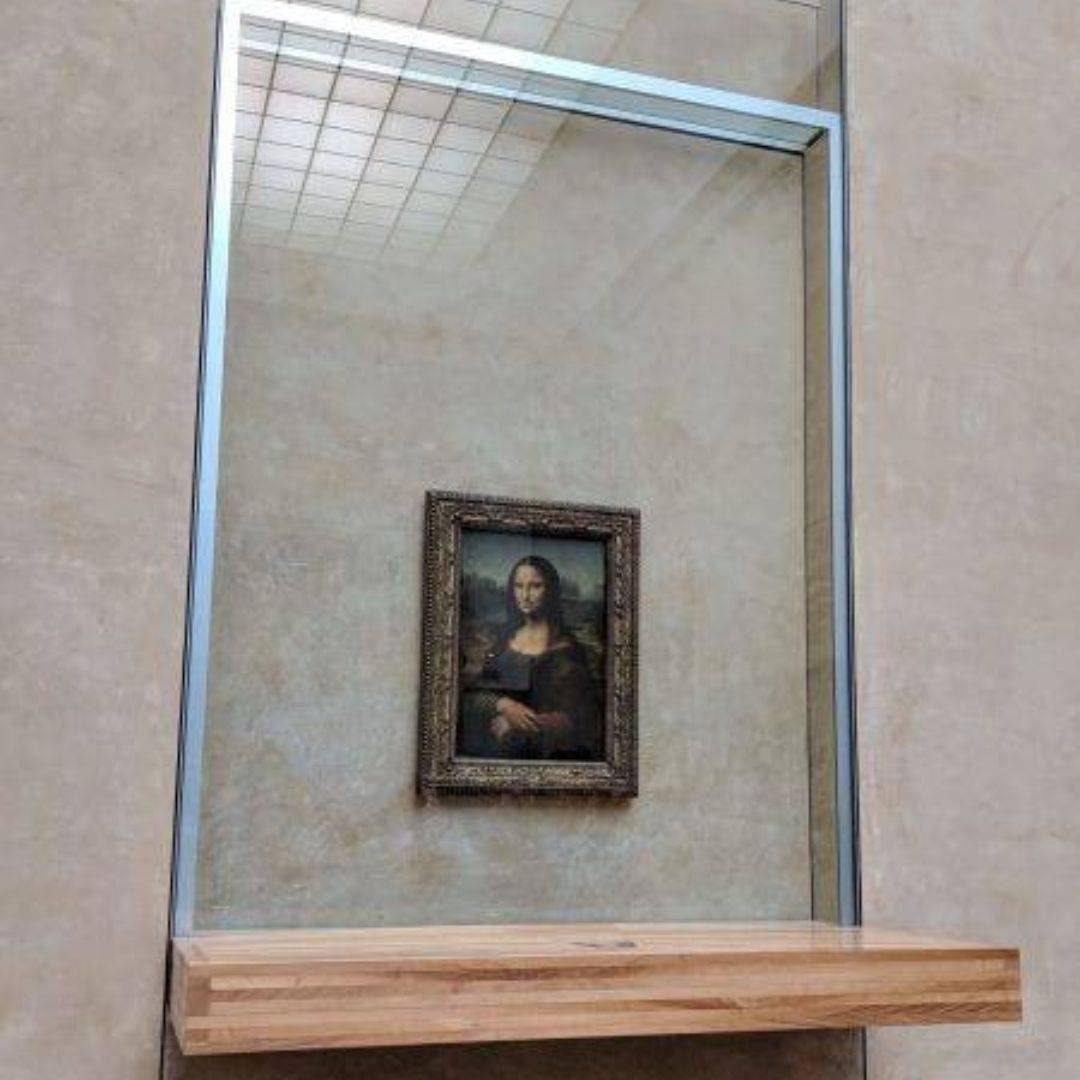
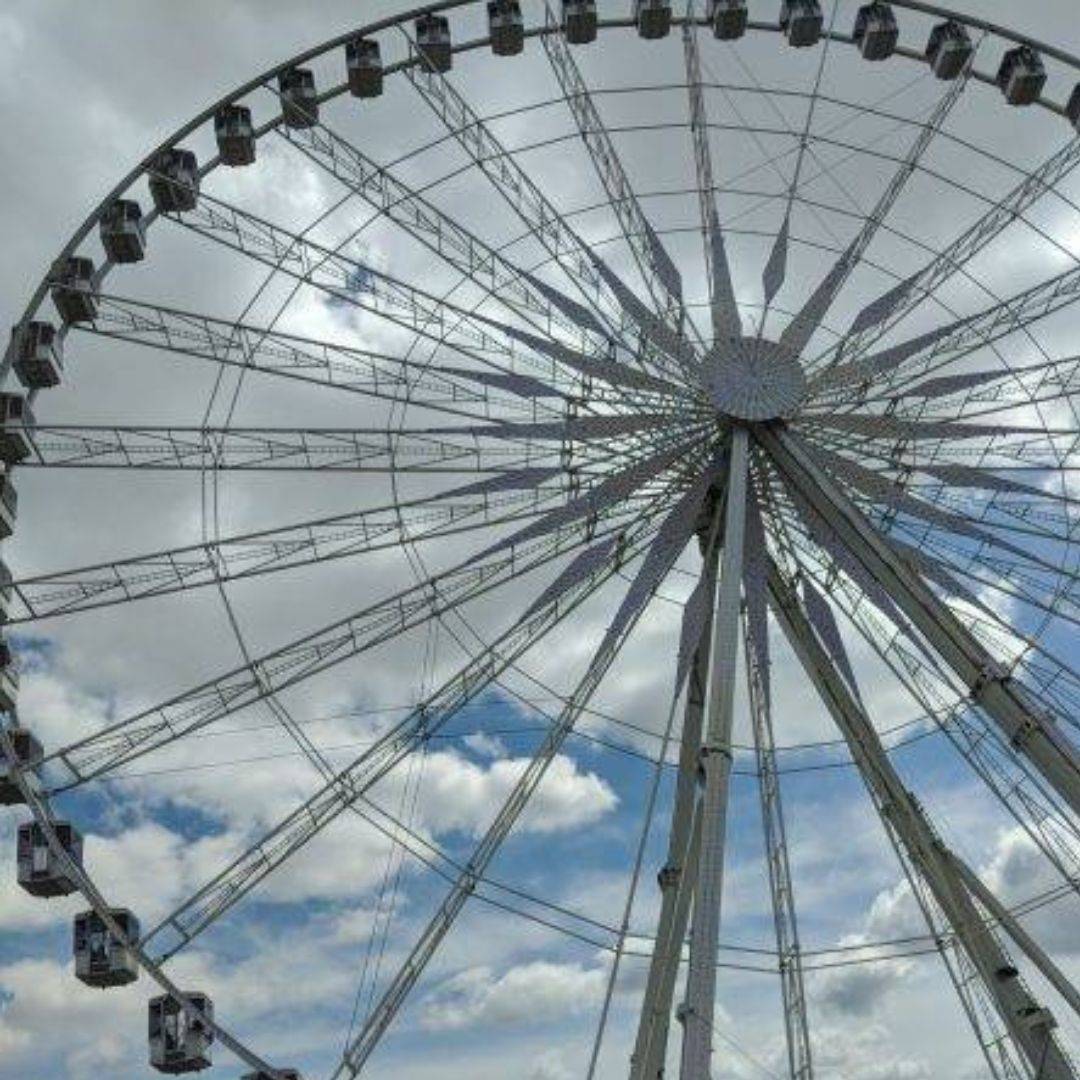
Photos by: Apurva Menon

